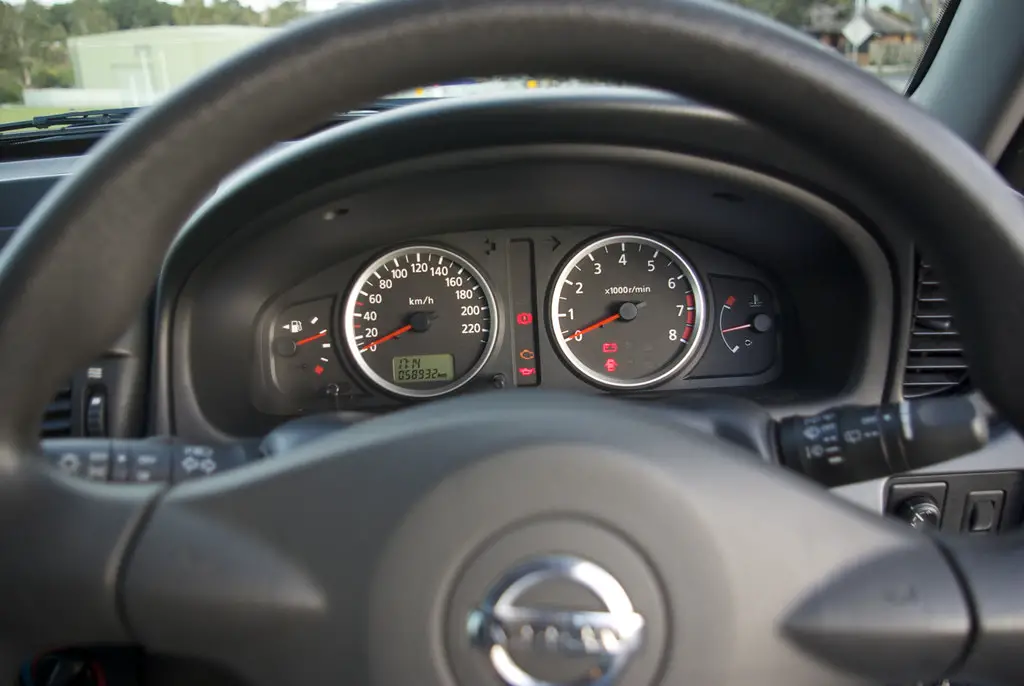For both car enthusiasts and novices, unraveling the mysteries of your car’s transmission is like peering under the hood of a well-crafted machine. Among the array of transmission options, the Nissan CVT transmission stands out with its unique features and quirks. In this guide, we’ll walk you through identifying common symptoms of CVT transmission issues and delve into the pros and cons of this innovative system.
Decoding CVT Transmission Woes
Understanding the telltale signs of a struggling CVT transmission is essential for keeping your driving experience safe and hassle-free. Keep an eye out for these red flags:
- Lackluster Response: A faltering CVT transmission can lead to sluggish acceleration, causing concerns during overtaking or merging.
- Vibrations on Acceleration: Overheating issues due to inadequate cooling design can result in unsettling vibrations while driving.
- Transmission Overheating: Flaws in the cooling system can cause excessive heat in the cabin, prompting fail-safe mode activation.
- Fluid Leaks: Intense heat from the CVT transmission may contribute to cooling system part degradation, leading to coolant leaks.
- Unwanted Noise: A failing CVT may produce noticeable whines or rattles during operation.
- Abrupt Stalling: Unexpected stalling or abrupt ‘limp home’ mode activation poses risks while driving.
- Unusual Shift Sounds: If you hear clunks, hums, or rattles while shifting gears, it’s a clear signal of potential issues.
- High-Revving Engine: A disconnected sensation between engine revs and speed can indicate internal transmission problems.
- Delayed Acceleration: If your car hesitates before picking up speed, it might be a symptom of transmission trouble.
- Jerky Maneuvers: Abrupt jerks or lurches during driving may be caused by software glitches or more severe internal failures.
- Torque Converter Trouble: Malfunctioning torque converters can trigger shuddering at certain speeds and fluid contamination.
- Flashing Warning Lights: A blinking engine light, especially coupled with other signs, could point to transmission malfunctions.
- Fuel Efficiency Decline: A compromised transmission can hamper fuel efficiency due to inefficiencies in power delivery.
The Inner Workings of the CVT Transmission
CVT, or continuously variable transmission, operates uniquely, providing both advantages and disadvantages:
- Seamless Driving: CVTs offer a smooth, gearless experience, reducing ‘shift shock’ for uninterrupted acceleration.
- Efficient Design: With fewer moving parts, CVTs boast a simpler, more efficient construction, potentially extending their lifespan.
- Enhanced Fuel Economy: CVTs optimize power delivery for improved fuel efficiency, benefiting both your wallet and the environment.
However, CVTs have their share of drawbacks:
- Audible Noise: CVTs tend to be noisier due to their distinctive design and preference for higher RPMs.
- Interactive Void: Some drivers may miss the tactile engagement offered by traditional transmissions.
- Pricier Maintenance: Limited expertise and complex construction contribute to higher maintenance costs.
Addressing Nissan CVT Transmission Challenges
Nissan’s CVT transmissions have faced issues, resulting in lawsuits and extended warranties. It’s imperative to be aware of symptoms and understand warranty coverage to make informed decisions about your car’s care.
Facing the Cost of CVT Transmission Replacement
If a CVT replacement becomes necessary, prepare for potentially steep costs. Labor-intensive processes, intricate removal procedures, and scarcity of parts contribute to the financial burden. Consult your Nissan dealer and explore extended warranties to mitigate expenses.
In closing, equipping yourself with knowledge about CVT transmission symptoms, pros, cons, and potential replacement costs empowers you to navigate your car ownership journey confidently. Stay vigilant, prioritize safety, and keep your Nissan on the road with optimal performance.

